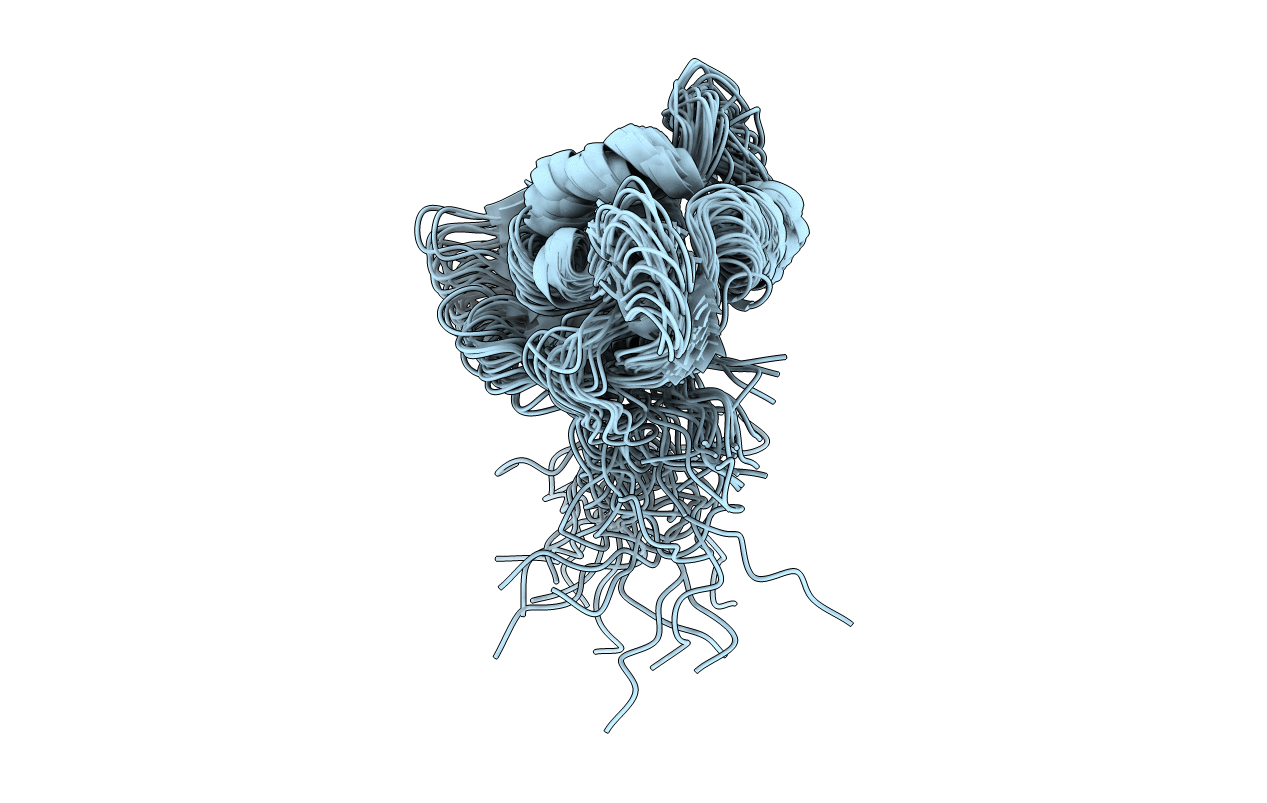
Deposition Date
2012-11-21
Release Date
2014-03-26
Last Version Date
2024-05-01
Entry Detail
PDB ID:
2M1B
Keywords:
Title:
Solution structure of the CHXR DNA-binding domain
Biological Source:
Source Organism:
Chlamydia trachomatis (Taxon ID: 887712)
Host Organism:
Method Details:
Experimental Method:
Conformers Calculated:
50
Conformers Submitted:
25
Selection Criteria:
structures with the lowest energy


